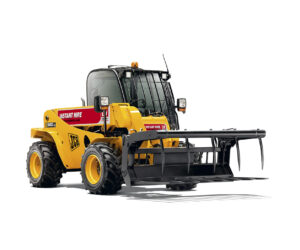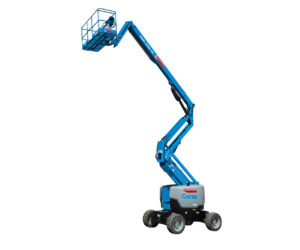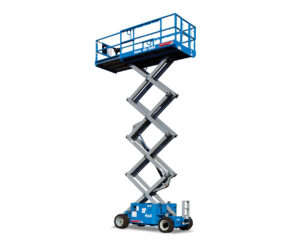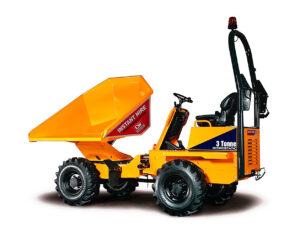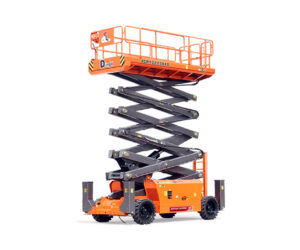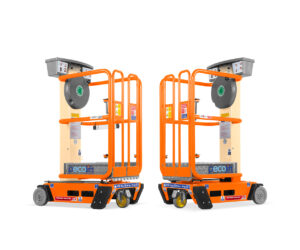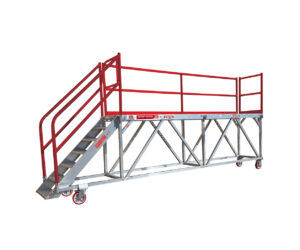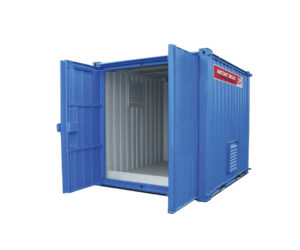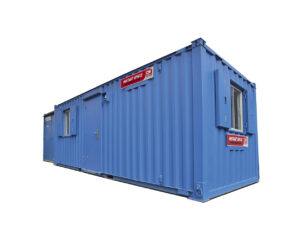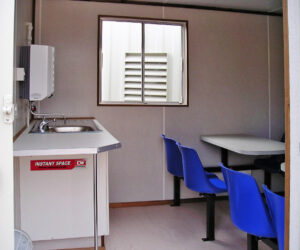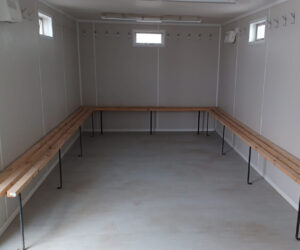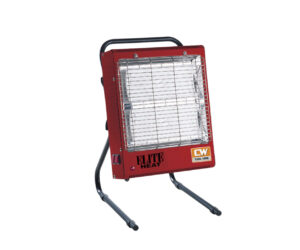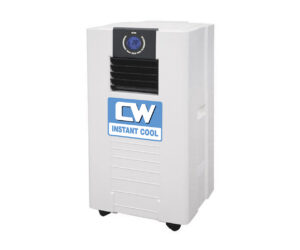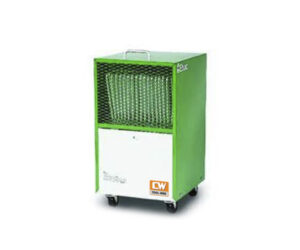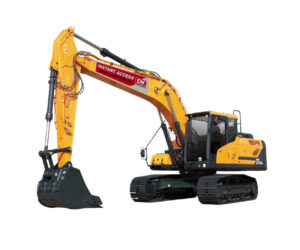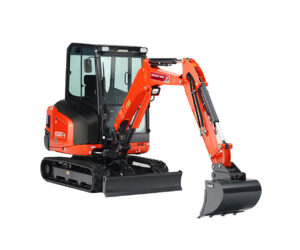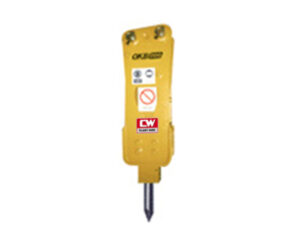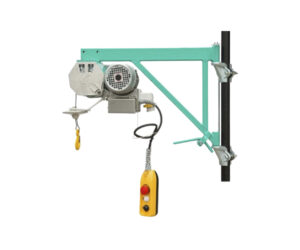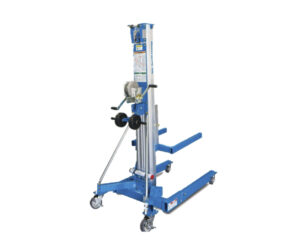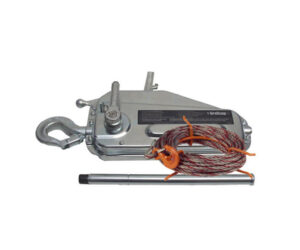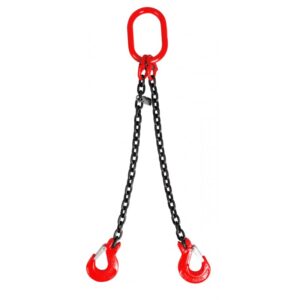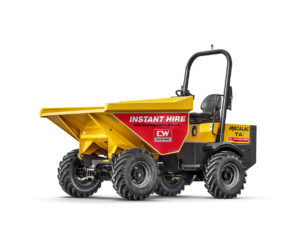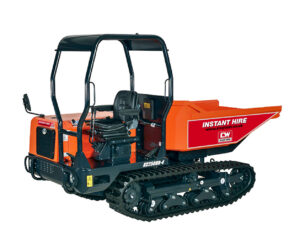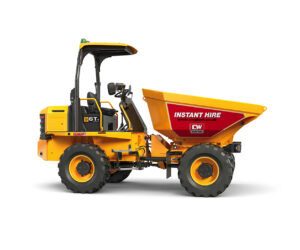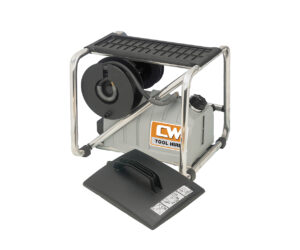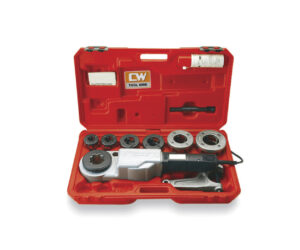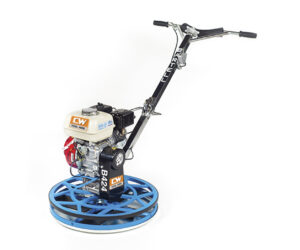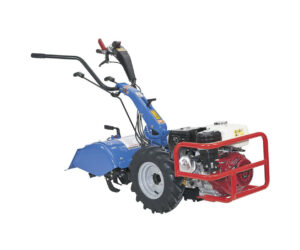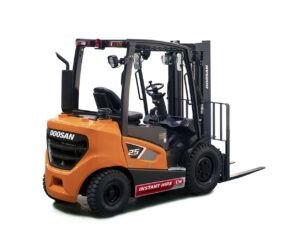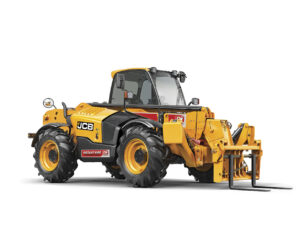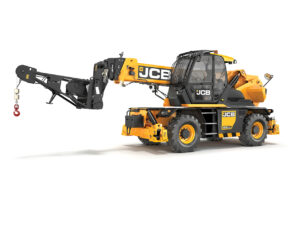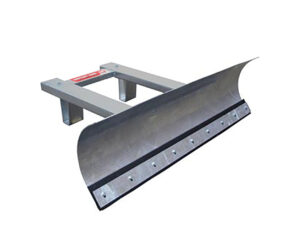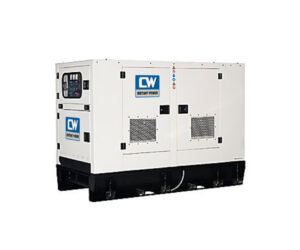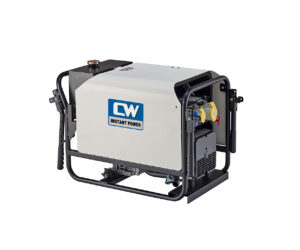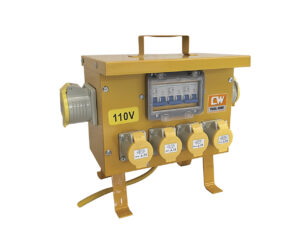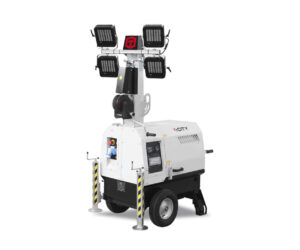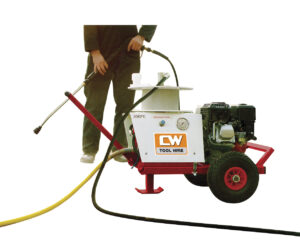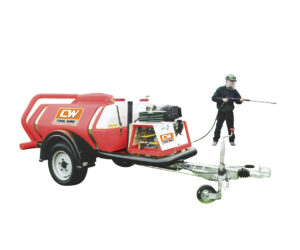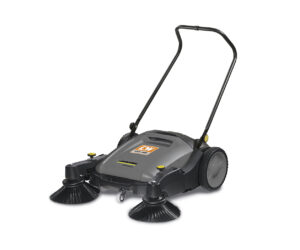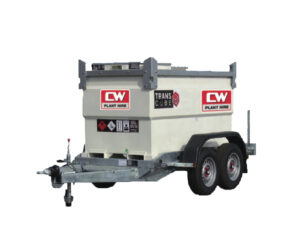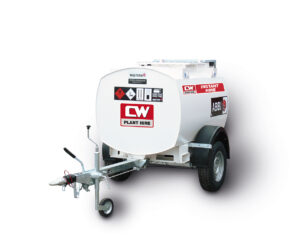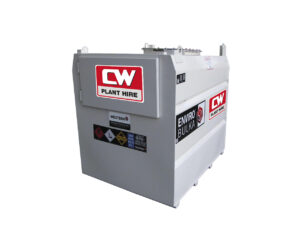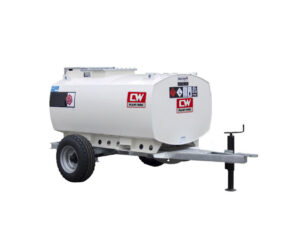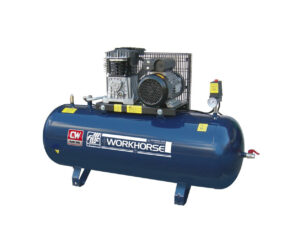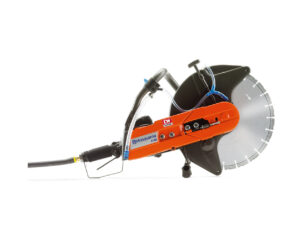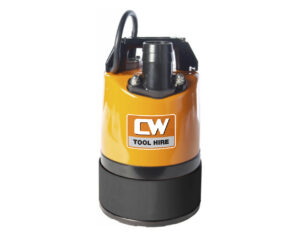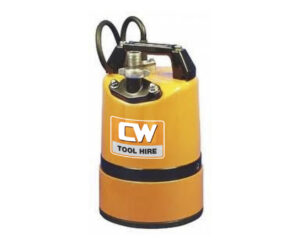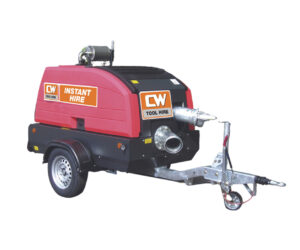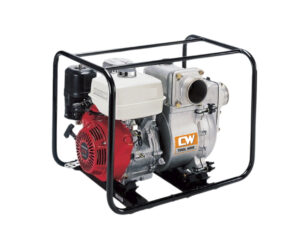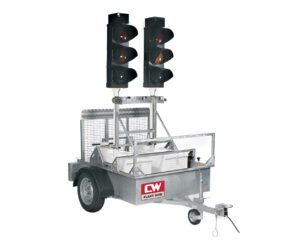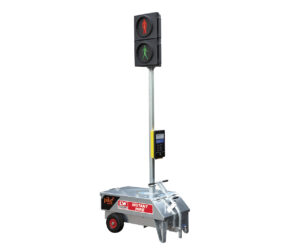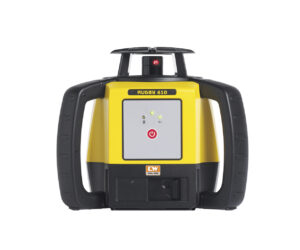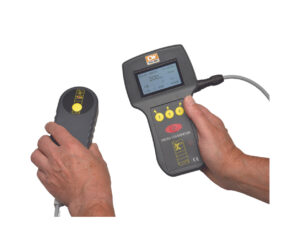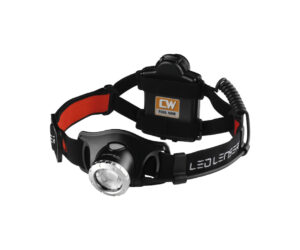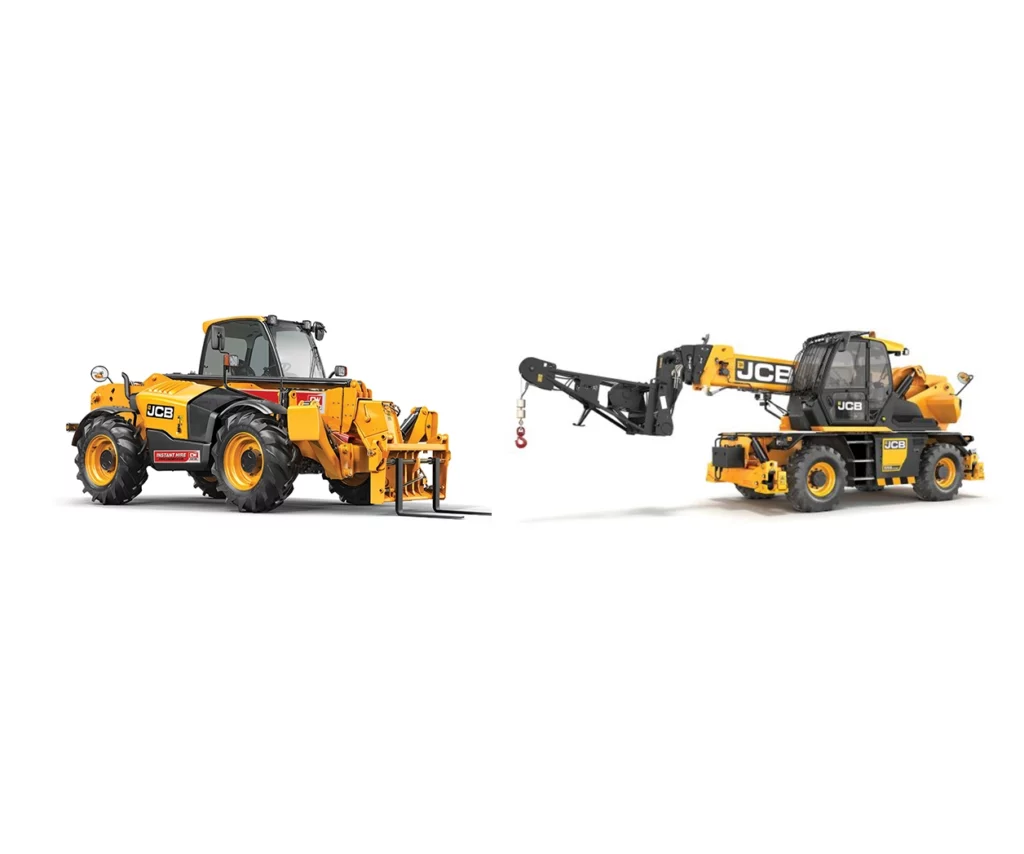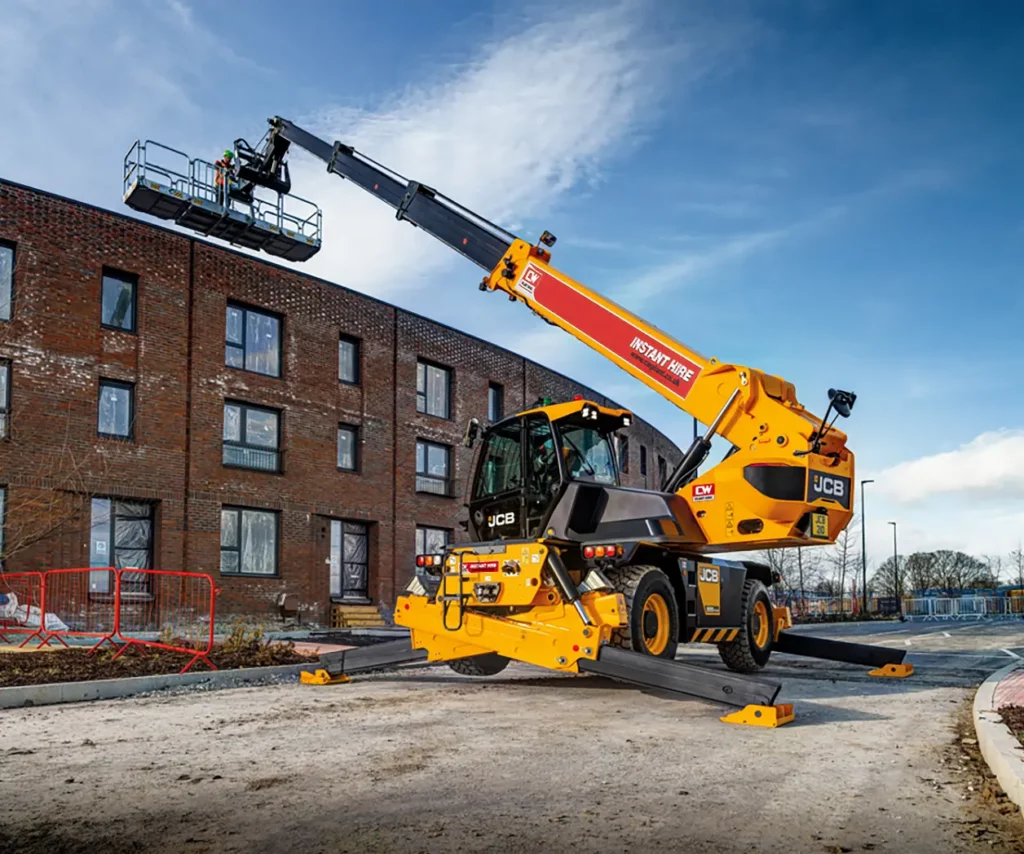Roto vs Telehandler, both are popular and versatile machines, but which is the best?
The Telehandler: A Versatile Workhorse
The telescopic handler has become a mainstay of UK construction, particularly in the house building and civil engineering sectors. The ability to lift, carry and place a load on rough terrain, with a telescopic boom capable of forward as well as vertical reach, has made the telehandler an essential tool. In many cases, the telescopic handler will be the first machine to arrive on site and the last to leave.
A wide range of buckets and powered attachments, such as sweeper collectors, add to the machine’s versatility and all-round ability. Telehandlers have multiple steering options, from front, to all-wheel steering and crab steer, making them highly manoeuvrable on the most confined of work sites. Smaller models are available with a low cab structure, allowing entrance to underground car parking areas and tunnelling projects.
When correctly specified, larger telescopic models can also be used with an aerial work platform basket, further adding to their versatility.
The Roto: A 360° rotation telehandler, crane and access platform in one
The rotary telehandler takes the concept to the next stage, adding a rotating upper structure, to allow the machine to place the load across a wider area, without having to reposition the base machine. This is particularly useful when used as a mobile work platform, providing access for workers, tools and materials to the most inaccessible areas of confined sites. The rotating boom can also be equipped with a winch, creating a highly manoeuvrable and capable alternative to a small crane.
However, that doesn’t mean it should always replace a telehandler. Due to its overall size and construction, it is less likely that a rotary machine will be used to lift and carry a load. While it is possible to use a roto with pallet forks in this manner, there are more suitable models for load and carry tasks. Likewise, working with a bucket will be more effective with a non-rotary boom machine.
Other considerations
A wide range of telescopic machines is available, with lift capacities of 500kg through to more than 10 tonnes. Heavier lifting models will be equipped with hydraulic outriggers, to provide additional stability when working at height or at reach. Working heights and forward reach measurements run from just a couple of metres, to more than 30m.
It is worth noting that lift capacity at full forward reach will be considerably lower than maximum lift weight with the telescopic boom retracted. It is therefore vital that contractors and other hirers look at the weight that needs to be lifted, in combination with the desired lift radius that is likely to be achieved.
Plant hire providers will be able to talk through the operating envelope of the various machines that they have available, considering the desired lift weight, working height and reach that is required for the job site.In all cases, operators should be qualified to drive telescopic machines, with a separate, secondary certificate available for rotary models. All lifting operations should be carefully planned, with a method statement and risk assessment before work commences.
So which is best – Roto vs Telehandler?
In summary of the Roto vs Telehandler, both telehandlers and Roto’s have their strengths, and a Roto isn’t necessarily better than a standard telescopic handler, it’s all down to the site and the application.
Need some help deciding what’s best for your next project? Speak to one of our experienced team members free on 0808 1750215 .

